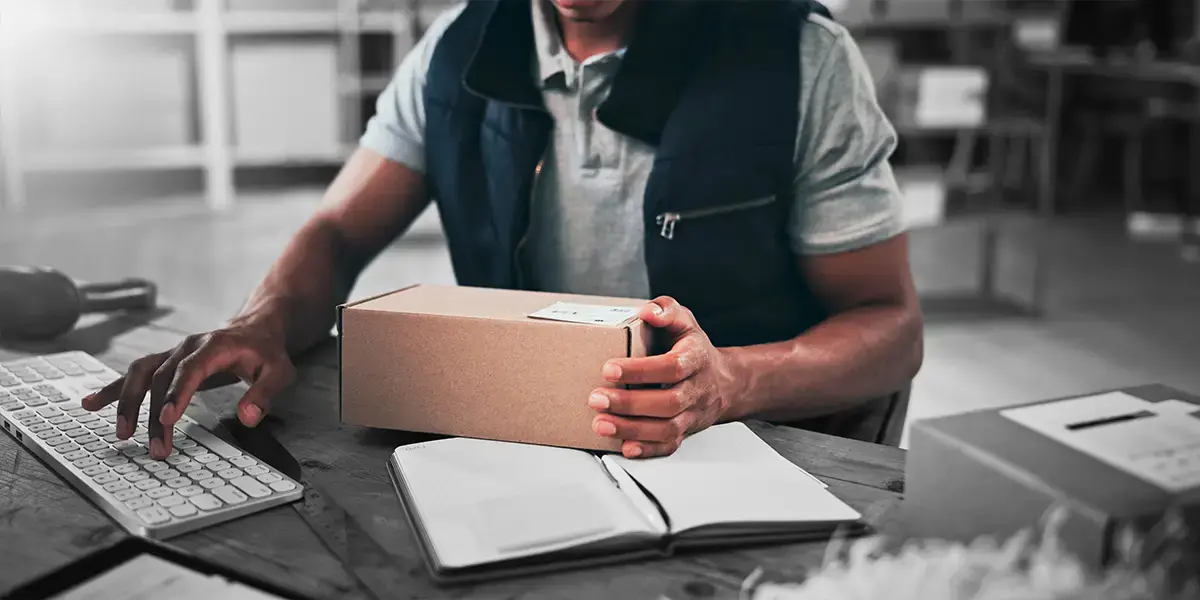
The final mile delivery service is becoming a key battleground for ecommerce businesses and retailers seeking to retain loyal customers.
Customer demands are playing a significant role in shaping the last mile delivery landscape. As e-commerce continues to flourish and consumer expectations skyrocket, businesses are under pressure to meet these evolving demands. The last mile, which refers to the final leg of the delivery process from the distribution center to the customer's doorstep, has become a critical battleground for businesses striving to provide exceptional service and gain a competitive edge.
One of the primary ways customer demands influence last mile delivery is through the need for speed and convenience. Today's consumers expect their online orders to be delivered quickly, often on the same day or within a few hours. They expect a choice of delivery options that suit their needs rather than the retailer’s.
Companies are also investing in technologies like real-time route optimization, autonomous vehicles, and drones to expedite delivery and reduce transit times. Additionally, the emergence of click-and-collect models, where customers can pick up their orders from designated locations, has gained popularity as it provides a convenient alternative to traditional home delivery.
Another crucial aspect of customer demands shaping last mile delivery is the emphasis on transparency and visibility. Customers want to know exactly where their package is at any given moment and expect regular updates throughout the delivery journey. To meet these expectations, companies are leveraging technologies like GPS tracking, mobile apps, and SMS notifications to provide real-time visibility into the status of deliveries. They are also integrating order tracking functionalities with their e-commerce platforms to offer customers seamless access to information about their e-commerce orders.
Last mile sustainability concerns are also driving changes in last mile delivery services. Customers are becoming increasingly conscious of the environmental impact of their consumption patterns, and they expect businesses to do their part in minimizing carbon emissions and adopting greener practices. Companies are exploring alternative delivery methods such as electric vehicles, bicycles, and even foot couriers for shorter distances to meet these demands. They are also implementing route optimization algorithms to reduce fuel consumption and emissions by optimizing delivery routes and load capacities. Additionally, some businesses are experimenting with delivery consolidation, where multiple orders are combined and delivered together to reduce the number of trips and associated carbon footprint.
Furthermore, personalization has become a key customer demand that impacts the last mile delivery experience. Customers expect tailored delivery options that suit their preferences and schedules. This includes flexible delivery time slots, the ability to reroute packages to alternative addresses, and the option to provide specific delivery instructions. Companies are investing in technology platforms that allow customers to customize their delivery experience and provide real-time feedback on delivery performance. They are also partnering with third-party (3pl) logistics providers and local couriers to offer specialized final mile delivery services like white-glove delivery for fragile or high-value items.
The growing demand for seamless returns and reverse logistics is shaping the last mile delivery landscape. Customers want hassle-free return processes and expect businesses to provide easy returns options, including prepaid labels and convenient pickup services. Companies are streamlining their reverse logistics operations to accommodate customer returns efficiently, ensuring prompt refunds or exchanges. They are also leveraging technology to improve visibility and tracking of returned items, enabling faster processing and reducing customer dissatisfaction.
In conclusion, customer demands are exerting a profound influence on last mile delivery services. The need for speed, convenience, transparency, sustainability, personalization, and seamless returns is shaping the strategies and operations of businesses involved in the delivery of goods. By embracing these customer-centric demands and leveraging innovative technologies and logistics solutions, companies can stay ahead in the race to meet and exceed customer expectations in the ever-evolving last mile delivery landscape.
About the author




